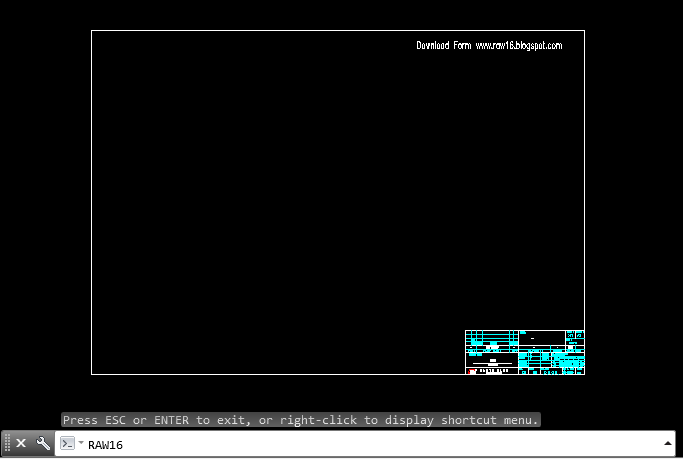



The results presented here show that considering the occurrence frequency and immense damages after such events, the use of novel remote sensing technologies and spatial analysis methods is unavoidable for disaster mitigation efforts and for the monitoring of environmental effects. The landslide susceptibility prediction performance from aerial photogrammetric datasets was 92% represented by the Area Under Curve (AUC) value provided by the RF method. The regional level classification results obtained from Sentinel-1 and Sentinel-2 data by using the random forest (RF) method exhibit 97% accuracy for the flood class. The analysis of the rainfall data recorded during the two weeks before the floods and landslides in heavily affected regions shows that the rainfall continued for consecutive hours with an amount of up to 68 mm/hour. The changes were assessed both at a local and regional level and evaluated together with available damage reports. Sentinel-1 SAR (Synthetic Aperture Radar), Sentinel-2 optical data, and aerial photogrammetric datasets were employed for the investigations using machine learning techniques. The flood extent and the landslide susceptibility were investigated by using multisensor and multitemporal data. The meteorological conditions before and during the flood were analyzed here and compared with long-term records. During the event, flash floods and several landslides caused losses of lives, evacuation of people from their homes, collapses of infrastructure and large constructions, destruction of agricultural fields, and many other economic losses. This study explores the potential of photogrammetric datasets and remote sensing methods for the assessment of a meteorological catastrophe that occurred in Ordu, Turkey in August 2018.



 0 kommentar(er)
0 kommentar(er)
